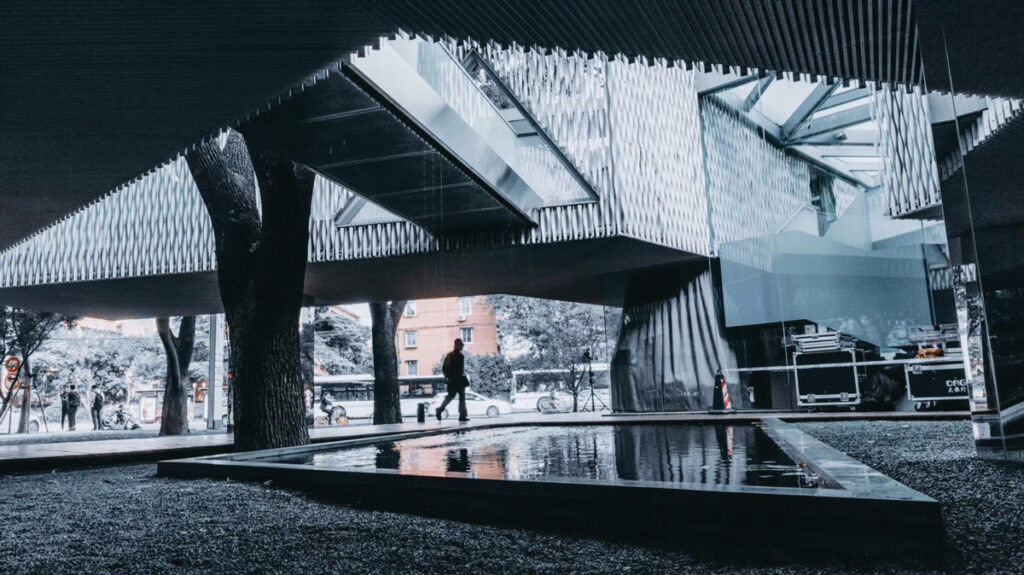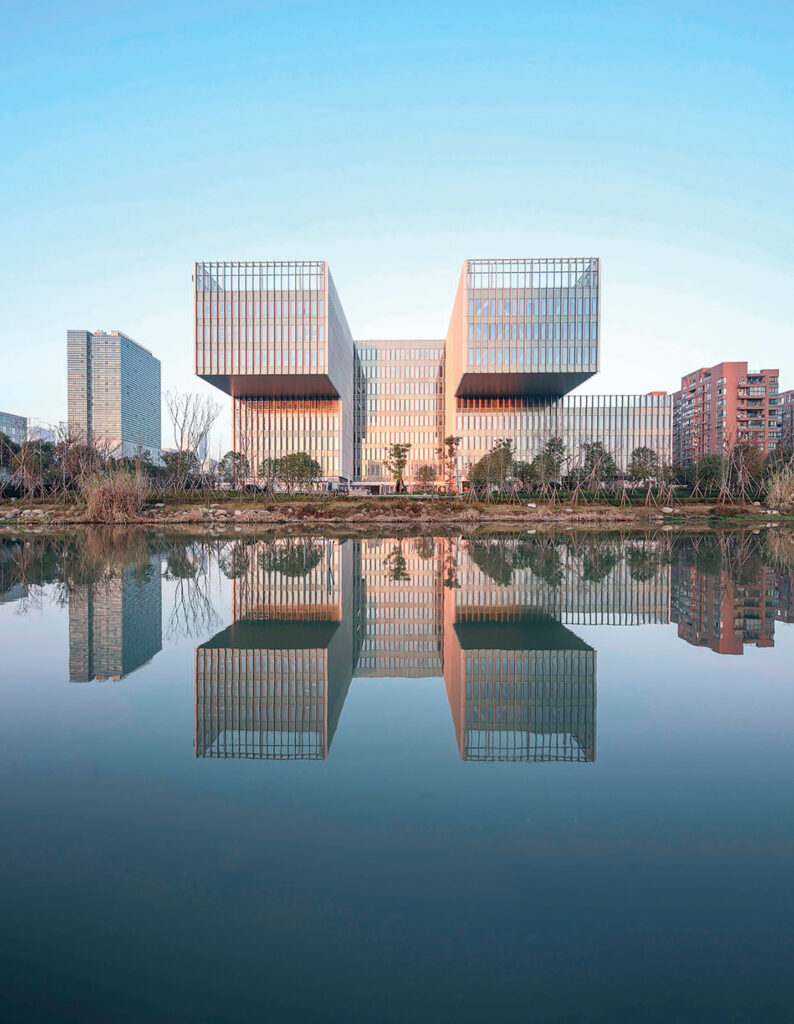An interview with Azlina Bulmer, RIBA’s Director of International, reveals the impact the organisation has had on the architecture in the UK and globally for over 180 years
As champions of past, present and future architectural standards, The Royal Institute of British Architects (RIBA) is a global professional community that drives excellence in architecture. Almost 50,000 individuals are part of this prestigious professional institute and benefit from a wide range of events and services, with opportunities to develop their career in architecture in the UK and internationally. The institute is one of the oldest architecture bodies in the world and was granted its royal charter in 1837. Bulmer says, “Originally, we were called the Institute of British Architects in London, in 1834, and then after the grant of the Royal Charter in 1837, we became RIBA.”
The work that RIBA does today and how far its reach extends speaks volumes. Azlina reveals, “The majority of our members are in the UK, and that’s where currently most of the operations are, across 10 different offices. We not only serve our members on a local level, but on an international platform, which is the department that I head up. We opened the first two international offices last year, one in Shanghai and the other in Sharjah, UAE, to serve the Gulf region. We’ve actually got quite a small team but we serve about 7000 members outside the United Kingdom.”
In terms of assistance, RIBA provides the training, support and recognition that puts its members, both in the UK and overseas, at the peak of their profession. Associating with the RIBA is very desirable for architects and their clients: “We set the bar very high,” says Azlina, “It doesn’t matter where you are in the world, you can use the initials RIBA next to your name and it instantly gives confidence to clients that you have met the professional standards and will be producing quality designs.”
The institute’s six international chapters are what makes RIBA a truly unique support hub – each chapter is manned by a set of volunteer individuals that serve a specific local area. Azlina adds, “In Singapore, for example, the Chapter has a group of architects that lead and deliver a number of activities for architects on the ground such as talks, building visits and networking events to provide local continuous professional development and support.”
Following the launch of the RIBA China Chapter in June 2020, Azlina says that they now have a very successful mechanism to deliver programmes and activities relevant to the Chinese market which has proved highly successful and been very well received. Fast track to the Hello China campaign and 88 Places & Spaces architectural photography competition, and the positive impact that RIBA has had in the country becomes evident. “The Hello China campaign is run by the RIBA team in Shanghai as part of the drive to expand our international operations,” says Azlina. “China is a key market for us with enormous potential. The country has outstanding architectural talent who we wanted to engage with so we set up the Hello China campaign to introduce ourselves. We believe that the RIBA has lots to learn from the architecture profession in China and we are very excited to be able to celebrate the amazing work produced by Chinese architects through our international networks.
“We did that through the ‘four by four’ (4×4) talks delivered in major Chinese tier one and tier two cities: Shanghai, Beijing, Guangzhou, Shenzhen, to highlight and showcase some of the best Chinese architects and provide a forum to discuss key issues in contemporary architecture. And then there is the architecture photography competition, 88 Places & Spaces, with 8 being a lucky number in China. “We have all had a tumultuous 2020, so we thought let’s look ahead to 2021, which will hopefully be a better year. We decided to run this competition to find beautiful images of buildings and places in China under the four themes of the Hello China campaign: sustainability, craftsmanship, identity and architecture excellence.
“We’ve invited people to submit their photos of their favourite buildings and special places anywhere in China. The winners will be included in the RIBA China calendar 2021 with the top four photographs included in The RIBA Collections at the British Architecture Library – one of the world’s largest and most diverse architectural collections.”
In terms of future goals, the RIBA is strongly committed to tackling climate change. “It’s the biggest and most important challenge we will face in our lifetime, and our children’s lifetime for that matter,” says Azlina. “Last year the RIBA launched Climate Challenge 2030, to challenge our members to commit to being carbon neutral by 2030; it’s something that we are truly passionate about. The built environment is one of the largest producers of carbon so a more sustainable approach to design will benefit not only the communities and clients that architects’ serve but the planet as a whole, which is a truly international goal.”





